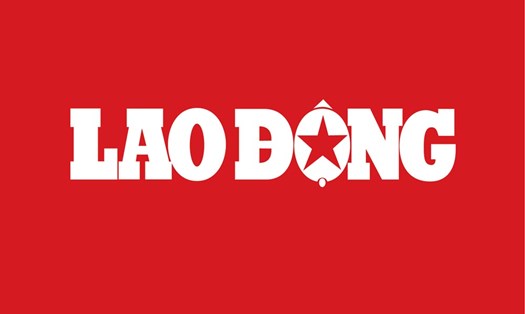SpaceX's Dragon spacecraft to lower the ISS off track is a variation of the Dragon spacecraft. The super spacecraft will carry 46 Drago engines to the ISS and thereby bring the space station to rest in the southern Pacific Ocean over the next decade.
These propulsion factors are three times more than those of a normal Cargo Dragon cargo ship carrying on the ISS, according to SpaceX.
The vehicle design will be based on SpaceXs Dragon cargo spacecraft, with a body modified to hold the thrust fuel boxes, engines, aviation electronic systems, generators and heatards designed to complete the mission, said Sarah Walker, Dragon mission manager of SpaceX.
Although the International Space Station is still operating well, NASA has planned to end the mission of this outer-terrestriary stronghold.
Earlier this year, NASA awarded SpaceX a contract worth $843 million to build a Dragon Orbit separation spaceship to bring the ISS to its resting place.
SpaceX's Cargo Dragon spacecraft has been providing unmanned aerial supplies to the ISS since 2012, while crew Dragon spacecraft has been sending spaceengers since 2020.
The International Space Station is expected to gradually fall back to Earth within 12 to 18 months before the final detachment from orbit is carried out, allowing the space station to get closer to Earth.
This time, the Dragon super spacecraft is expected to launch from 22 to 26 engines at the same time. The contract between NASA and SpaceX requires this launch to create force at a speed of about 57 m/s or about 205 km/h.
To create such a large force, a larger Dragon spacecraft, designed specifically for this unprecedented mission, is needed. According to Walker, the section providing the thrust, electric and other essential equipment of the Dragon spacecraft will be twice as large as the section on the Dragon standard cargo ship. This vehicle needs a lot of launcher, a lot of engine to provide a lot of momentum to push the ISS, she said.
At the ISS space station, NASA is responsible for the US ISS segment. Other main modules in this orbit complex belong to the Russian space agency Roscosmos, the European Space Agency and the Aerospace Research Agency of Japan. On this station, the Canadian Space Agency has robots.
The South Pacific is one of the prime locations for the ISS modules that SpaceX will separate from, but NASA has yet to decide where the ISS will rest.
Most of the International Space Station will burn up safely in the Earth's atmosphere. NASA and other space agencies have yet to plan to deploy a mission to recover the remains of an ISS station.
Dana Weigel - Director of NASA's ISS Program - said that NASA has asked the spacecraft to separate the ISS space station from orbit to handle the debris extremely strictly. The goal is to distribute debris on a route of no more than 2,000 km, using "very large thrust and very strong firepower" as SpaceX's Dragon spacecraft will provide.









